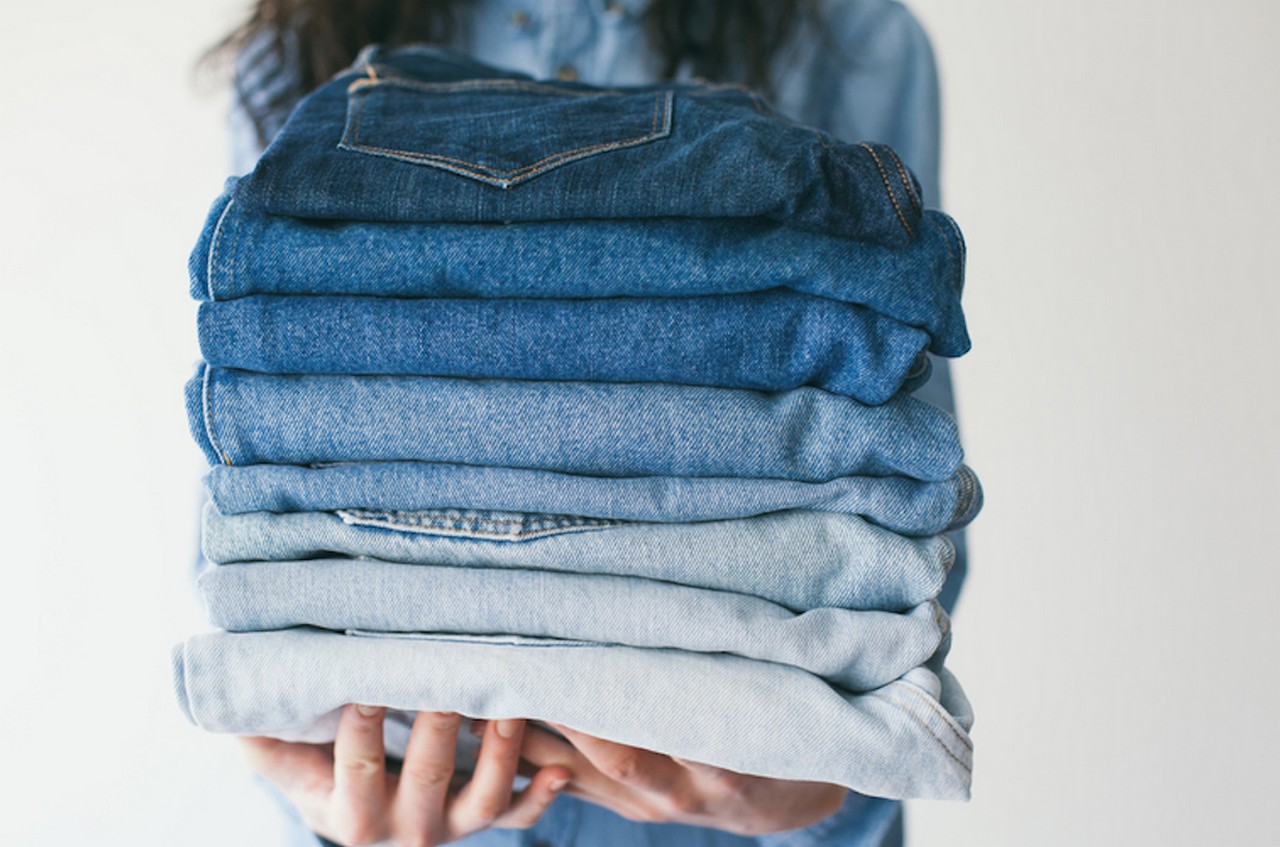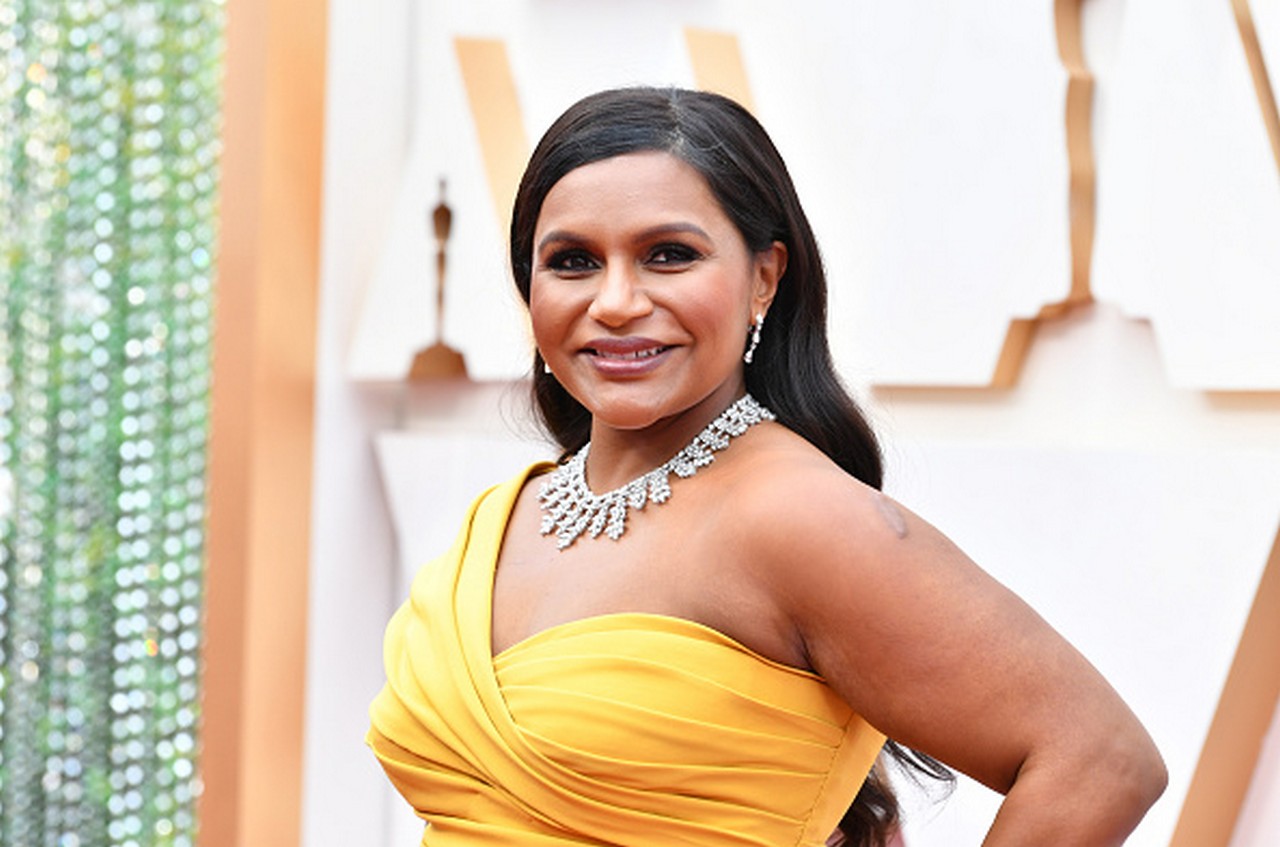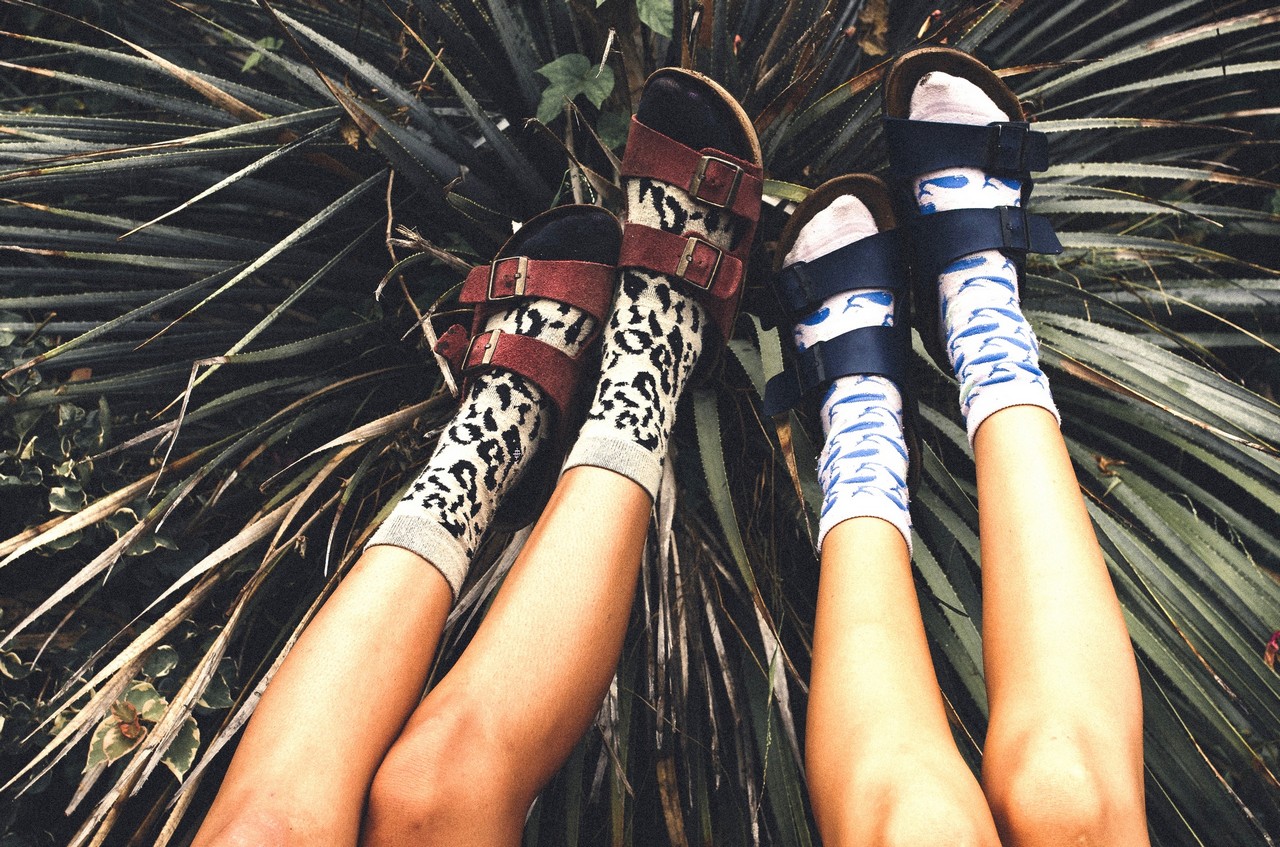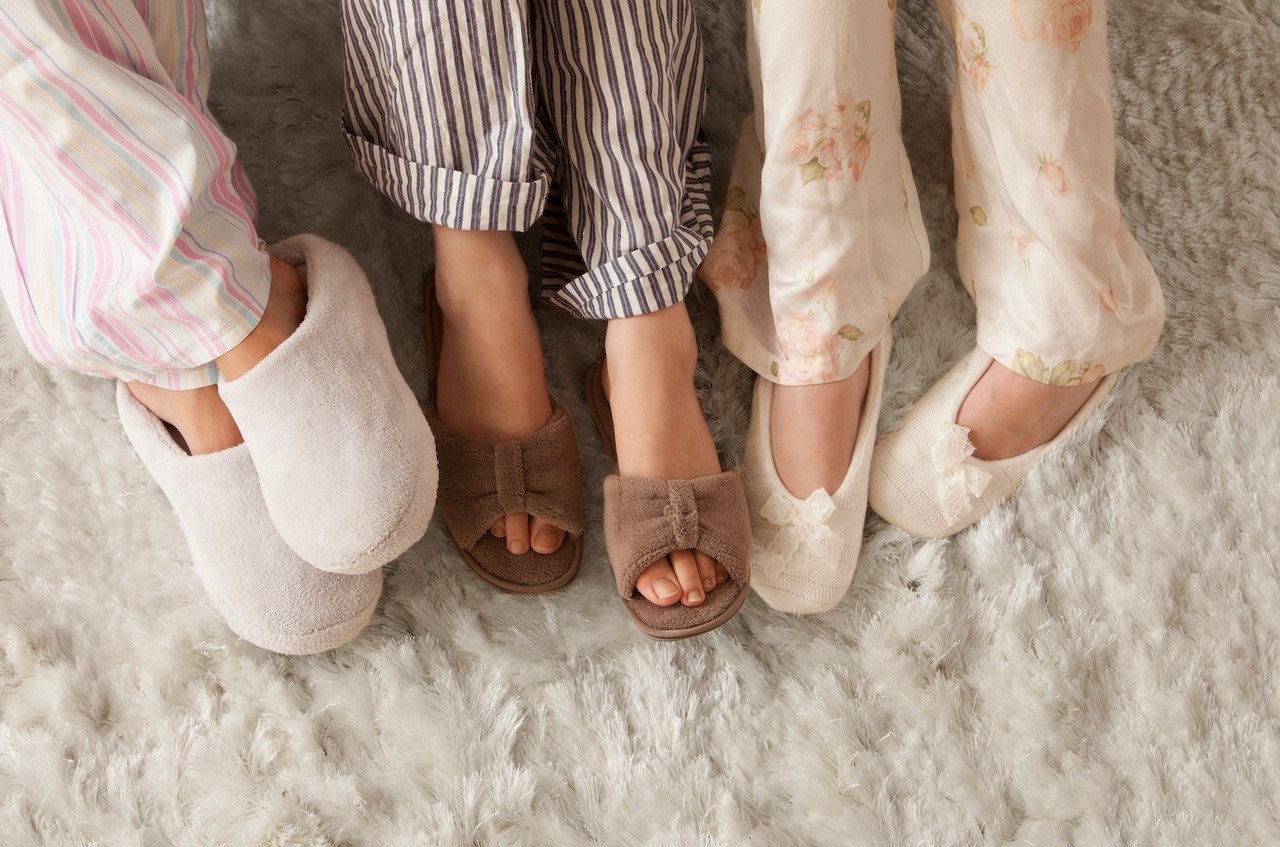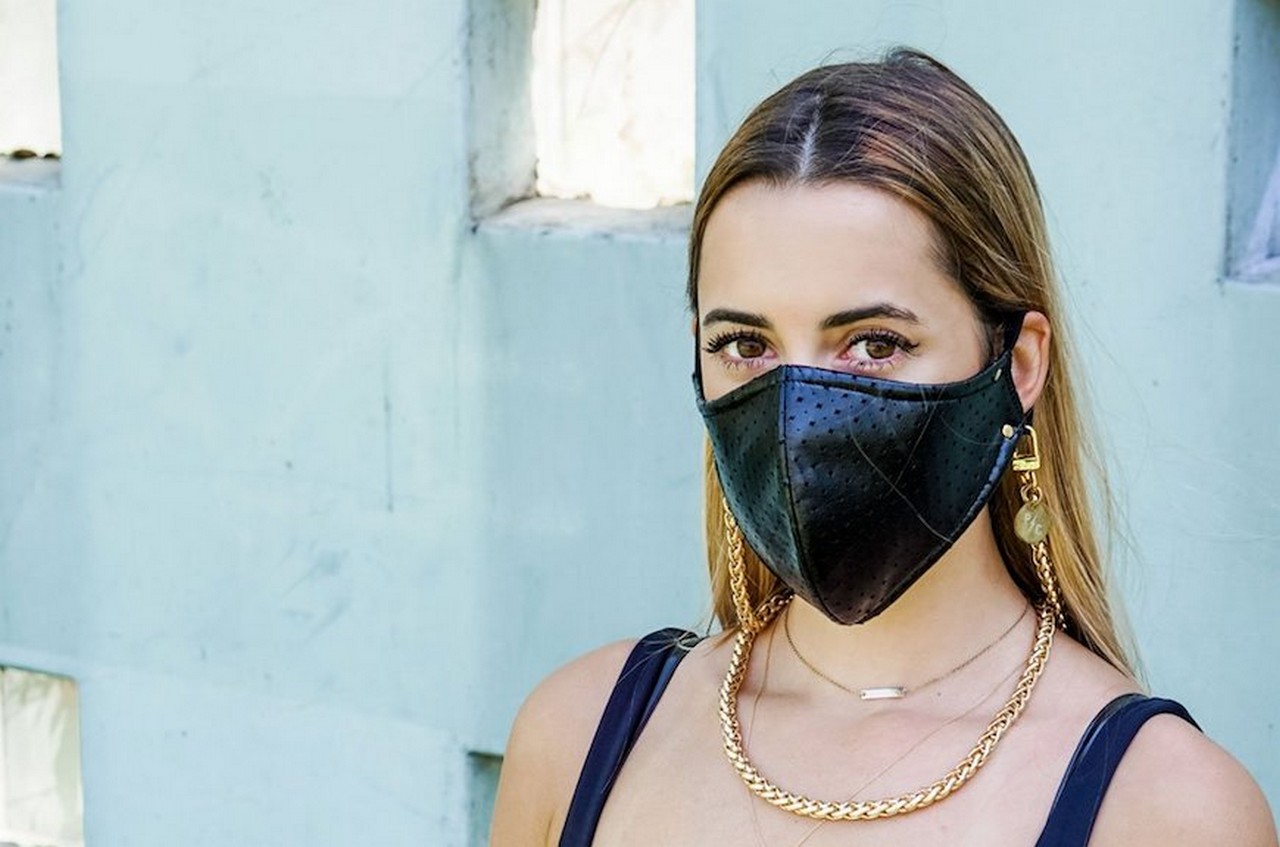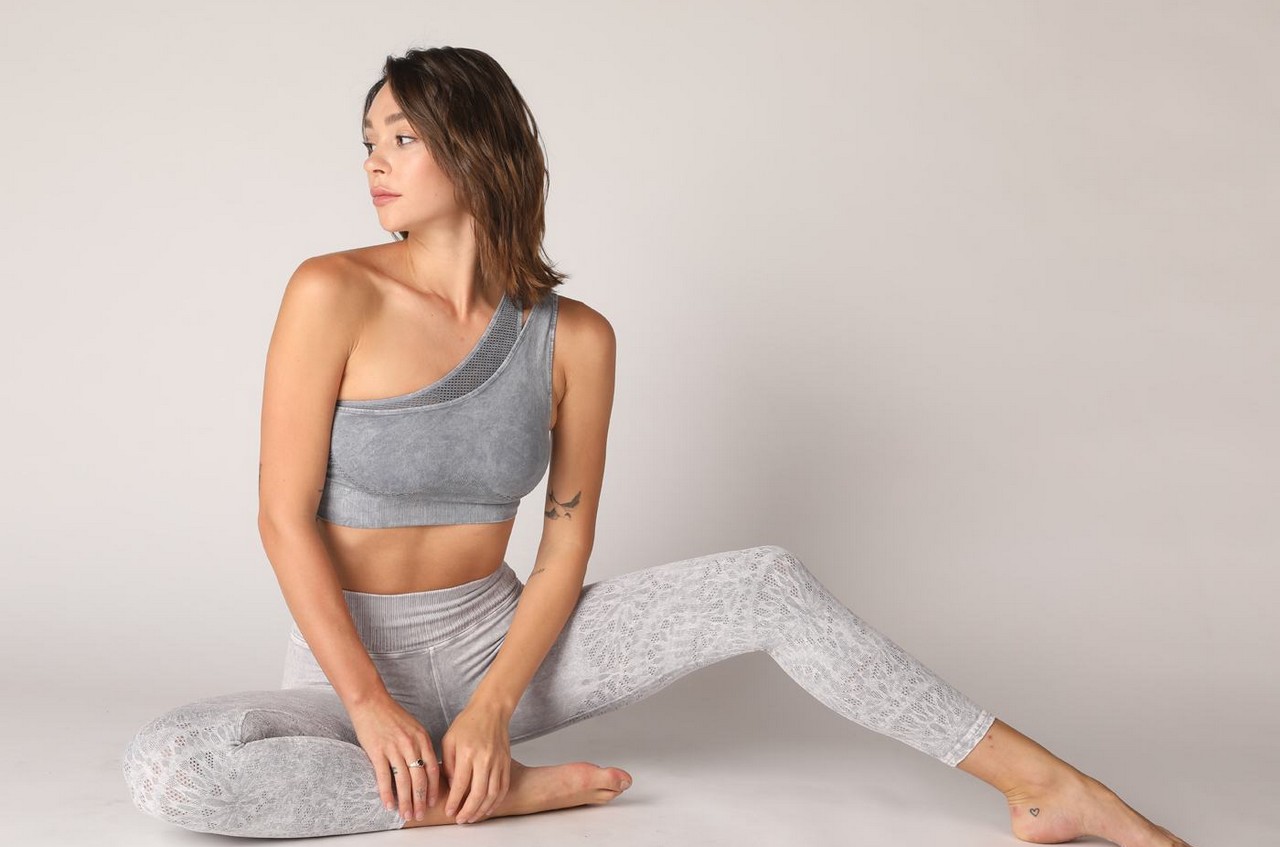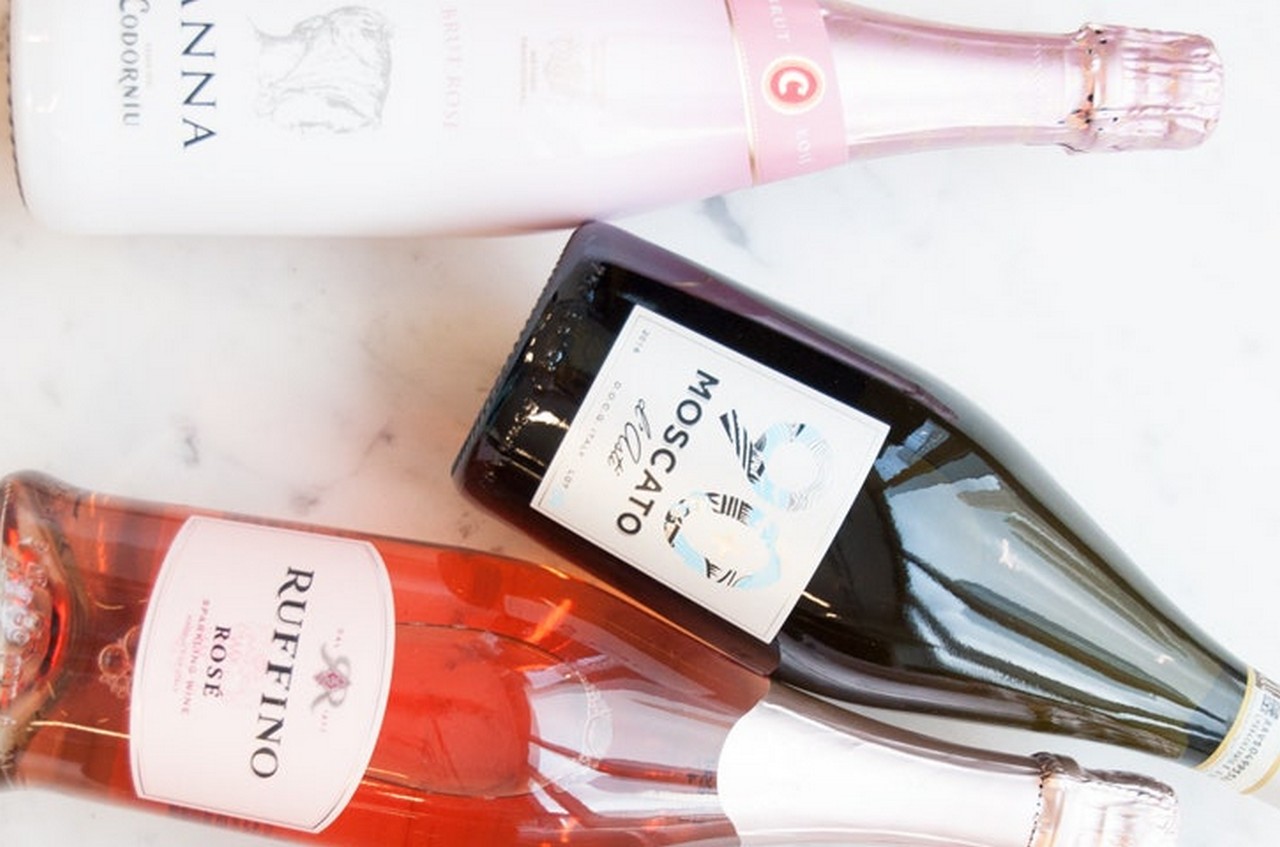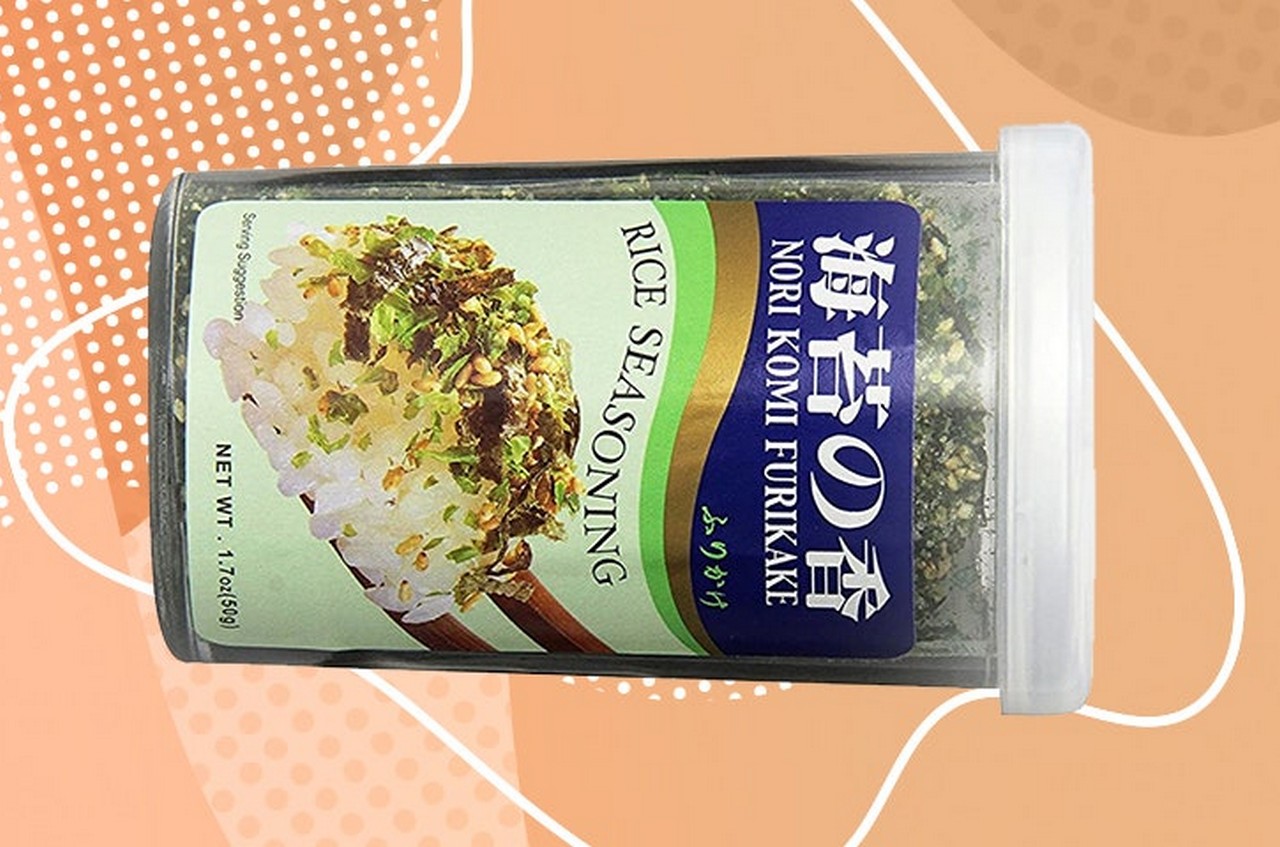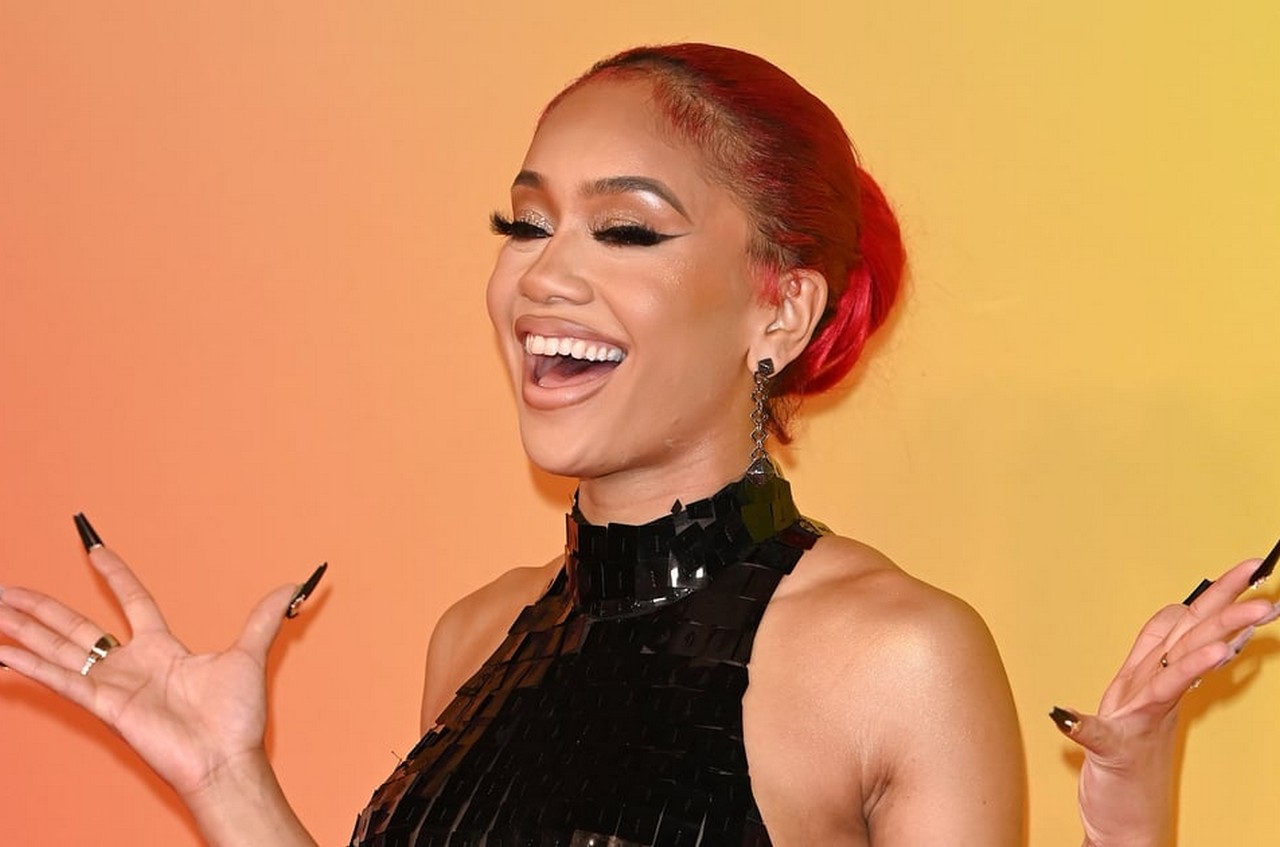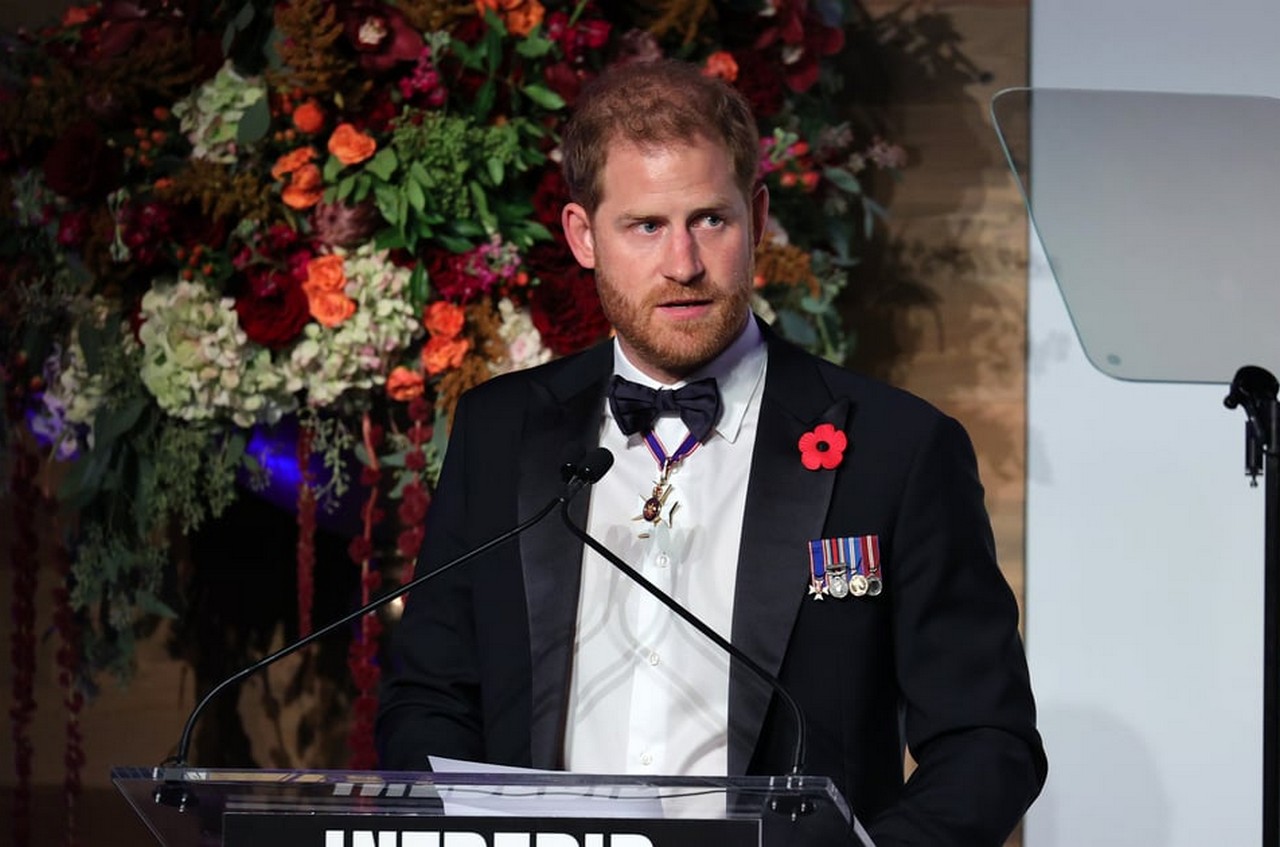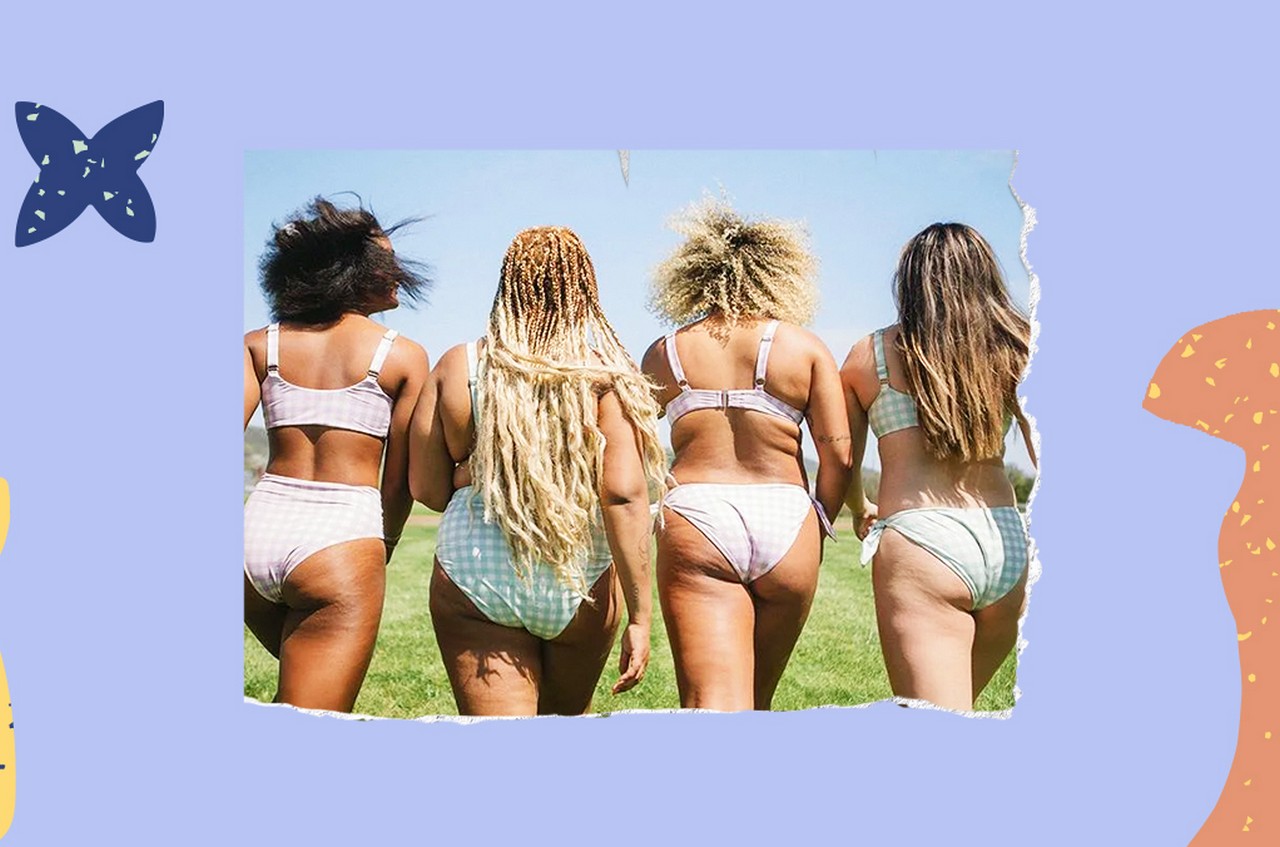
With the Fashion SHOP, our editors put their years of know-how to work in order to pick products (from skin care to self care and beyond) they’re betting you’ll love. While our editors independently select these products, making a purchase through our links may earn Fashion a commission. Happy shopping! Explore the SHOP
You’ve likely heard the phrase, “Every body is a beach body,” right? Still, navigating the summer can be challenging. This week, Fashion is publishing All Bodies Are Beach Bodies—A Realistic Guide to Preparing for Summer to help you hold on to your confidence, embrace joyful movement, manage sweat, make meaningful memories, and find major swimsuit inspiration all summer long.
Anyone who’s ever worn a bikini can tell you that finding the perfect suit is a painstaking, probably frustrating process. If you’re brave enough to try it on in the store, you’ve got unflattering mirrors, lighting, and dressing room attendants to deal with. Online, well, who knows what might arrive in the mail, not to mention what emotions the contents might stir up. Swimsuit shopping can be a test of self-confidence, and up until the last few years, swimwear brands and their glossy ads of photoshopped supermodels haven’t made it any easier.
We sat down with Cameron Armstrong, CEO and founder of Kitty and Vibe, the swimsuit brand with the ultimate goal to make swimsuit shopping an act of self love rather than a dreaded chore. It’s the first swimwear brand to design bikini bottoms based on butt size, giving you just the right amount of fabric to cover your peach, be it smaller or larger. It’s also the first swimsuit brand to send a confidence-boosting “Vibes” playlist along with every with order, curated to pump you up as you try on your order. Everything, from the custom fit, mood-lifting prints, and on-trend styles, will make you want to shop for your next swimsuit. Imagine that!
Read how Armstrong and the team at Kitty and Vibe are changing the way we shop for bikinis, why inclusivity is more important than ever, and how we still have many more strides to make.
Fashion: What’s the story of Kitty and Vibe? How did it all start?
Cameron Armstrong: In the summer of 2017 I was truly just looking for a new swimsuit. I went to a couple of different boutiques in person and had a terrible experience shopping for suits, as many women do. You know, it’s the least amount of clothing we wear in public. It’s an extremely vulnerable product, but there’s no consistent sizing across brands—you’re a large in one brand, a small in another. When you’re trying it on in-person, under bright fitting room lights with an attendant knocking at your door…it doesn’t feel like the same safe space at home.
I ended up ordering some swimsuits online and none of them fit well, and I was just stunned with how this staple product that almost everybody owns is such a pain and anxiety-inducing product to shop for. So, I was really motivated to start this brand because of the opportunity to turn something that was such a negative experience into a positive one. The overall mission behind Kitty was really to develop a swimsuit that finally felt like a friend rather than an enemy. The biggest differentiator for us is obviously our sizing metric, which offers two inseam options for every hip size—we’re the only [brand] that offers swimsuits this way. That’s the technical differentiator behind Kitty, but at the end of the day, it’s really our community that makes us stand out. I feel like we’re one of the first brands that just empathizes with the struggles behind swimwear—we see that it’s hard and we’re trying to make it a better experience for you.
W+G: There really is nothing worse than swimsuit shopping…
CA: Right? When I was doing the initial development of the brand, I sent out a generic survey to as many women as I possibly could asking how they felt about shopping for swimsuits. The options were, ‘I love it’, ‘I like it’, ‘I don’t mind it’, and ‘I hate it”—98 percent of the 500 responses I got said they hated it. I was struck by how intense that was and said, “Okay, there’s so much negative energy here—we have to make it better.”
W+G: What role does body positivity and inclusivity play in Kitty & Vibe’s brand ethos and road map?
CA: Right off the bat if you look at our website, you’ll see women that actually look like you. We use our customers as our models—there’s an application on our website where anybody can apply to model. That way, when we do a photo shoot, we filter the applications by city and just hire real people. When you’re shopping online, you should see people who look like you.
We also make kindness and empathy our mission by [encouraging our shoppers] to be kinder to yourself, and by creating a community that’s genuinely diverse. Obviously, there are a lot of companies that have jumped on the inclusivity train with extended sizing, but it’s whether or not they actually proudly show those sizes—do they show those models on their website? Do they actually sell those products? That’s one of the things that I’m most proud of from what we’ve built at Kitty and Vibe—we sell just as many smalls as we do 2XLs
And we don’t lead all the time by saying, “We offer swimsuits sizes small through 5X.” We say, “Hey, we’re the first to make bikinis based on your butt size, and we’ll make this product feel more like a friend.” At this point, every brand needs to offer a full size spectrum, there are no excuses anymore. I don’t think it can be your only reason for existing [as a business.]
W+G: Can you explain how the size modeling works? Are there plans to expand it?
CA: The butt sizing came to be because I always had saggy bikini bottoms. I don’t have a very big butt, so I’d get out of the water and it would be like a diaper. Then, I have friends with the opposite issue, who have much bigger butts and can never get enough fabric.
In the development stages of Kitty, I held focus groups in my tiny apartment in New York where I’d measure everybody who came. I found that crotch inseam size, aka “Kitty,” was the biggest differentiator. I’d have two friends with two identical hip sizes, with one inseam three inches longer than the other one. So it was just kind of a no-brainer.
Obviously a swimsuit is a skin type garment, so this extra dimension was really necessary to provide a better fit for the bottoms. At Kitty and Vibe, every bottom comes in two sizes, smaller and larger. So, if we have a string bikini that’s supposed to be a very cheeky style, this just allows it to be the same proportion of cheek on both a smaller butt a bigger butt. We have a lot of different coverage preferences—high-waisted, string—it just allows for it to be the same look across different body types.
We won our customer with the butt sizing and we’d love to expand into more differentiation with our tops. I think we have a good starting point since we offer cup sizes A-H across different styles, but there are a few styles, like the scoop or sports bra tops, where the bands aren’t as forgiving across band sizes. For example, a customer might have a bigger cup size but a smaller band. We’re in the midst of developing some additional band sizes for non-adjustable tops. We also just launched our Play Dresses as we dip our toe into athleisure. We looked at the market for exercise dresses and found that there weren’t a ton of options above a size 2XL. We took our most popular prints and made a dress, added a built-in shelf bra and designed it from our swim fabrics, so you can actually swim in it, too.
W+G: What role does swimwear play with self love? How has this evolved, and why do you think more brands are “waking up” to this?
CA: Our mission at Kitty and Vibe exists to awaken and fuel self-love for a kinder world. We believe the ability to feel self love is within everyone, and that a great fitting swimsuit can manifest that feeling, in yourself and towards others, too.
“Every body is a bikini body” is like the hot new slogan, and that’s great, but I want to see how brands are backing it up. I think I get a little jaded when I see them preach that saying and you go to their website and their models are still airbrushed—you have to have that credibility to back it up. Expanding size ranges are great because it addresses the fact that not just a straight-size, thin body is a bikini body, but it needs to be backed up. It’s the shopping experience that I think needs a lot of work by having more brands really commit to not photoshopping or airbrushing. I think we have a long way to go. I mean, I still hear arguments like, “Yeah, but you’re selling this aspirational photo of what you could look like [in a bikini]” and that’s so unhealthy—you’re just perpetuating beauty standards that aren’t realistic.
That’s where I think Kitty and Vibe stands out because we practice what we preach by listening to our community. When we’re launching a new style or print, aka “Vibe,” we send out Instagram polls and email surveys first. We include them in the conversation from the beginning and are able to carry it through by having them wear the product and star in our campaigns. Crowdsourcing feedback is in the DNA of our brand, and it’s why I think we have built such strong [customer] trust.
W+G: What responsibility do swimwear brands have when it comes to consumers?
CA: Some of the big, successful swim brands out there that are starting to extend sizing or offer plus sizing, but they’re still using plus-size models that have very beautifully proportional, gorgeous bodies that fit a different standard, even within that community. It’s dangerous because it feels like they’re getting the credibility of showing off a larger body, even if it’s still unattainable for the masses.
I think the first step is really within photoshopping and making sure that the bodies are real, beyond just race and weight. Make sure the skin isn’t totally smoothed out. Even though I’m in a privileged, thin, white, straight-size body, the biggest thing that’s hindered me from feeling beautiful in a bikini has been my skin. I’ve suffered from acne my whole life, specifically on my back, which was why I was so triggered whenever I wore a swimsuit to the beach because I always tried to cover it up. We really try to include people with different skin texture and conditions or anything that goes beyond this beautifully smooth skin type, because that’s just not realistic. Body positivity also has to go beyond just weight and it has to include different skin, amputations, disabilities—there’s a lot of work to do, for us too. I want to continue to show lots of different body types beyond just like race and weight.
Want to be the first to hear about the latest (and greatest) SHOP product drops, custom collections, discounts, and more? Sign up to have the intel delivered straight to your inbox.


